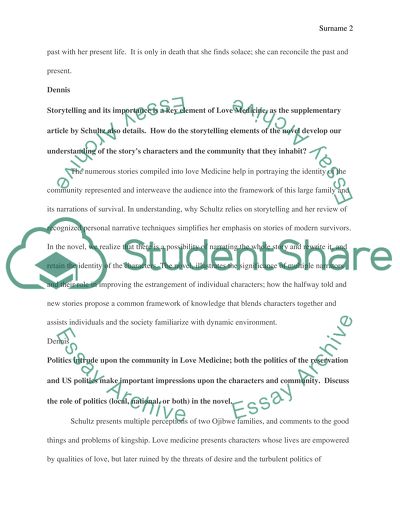Cite this document
(“Love Medicine Essay Example | Topics and Well Written Essays - 1250 words”, n.d.)
Retrieved from https://studentshare.org/literature/1463380-love-medicine
Retrieved from https://studentshare.org/literature/1463380-love-medicine
(Love Medicine Essay Example | Topics and Well Written Essays - 1250 Words)
https://studentshare.org/literature/1463380-love-medicine.
https://studentshare.org/literature/1463380-love-medicine.
“Love Medicine Essay Example | Topics and Well Written Essays - 1250 Words”, n.d. https://studentshare.org/literature/1463380-love-medicine.


